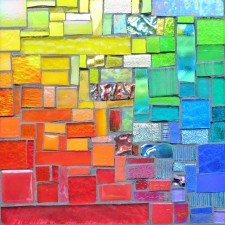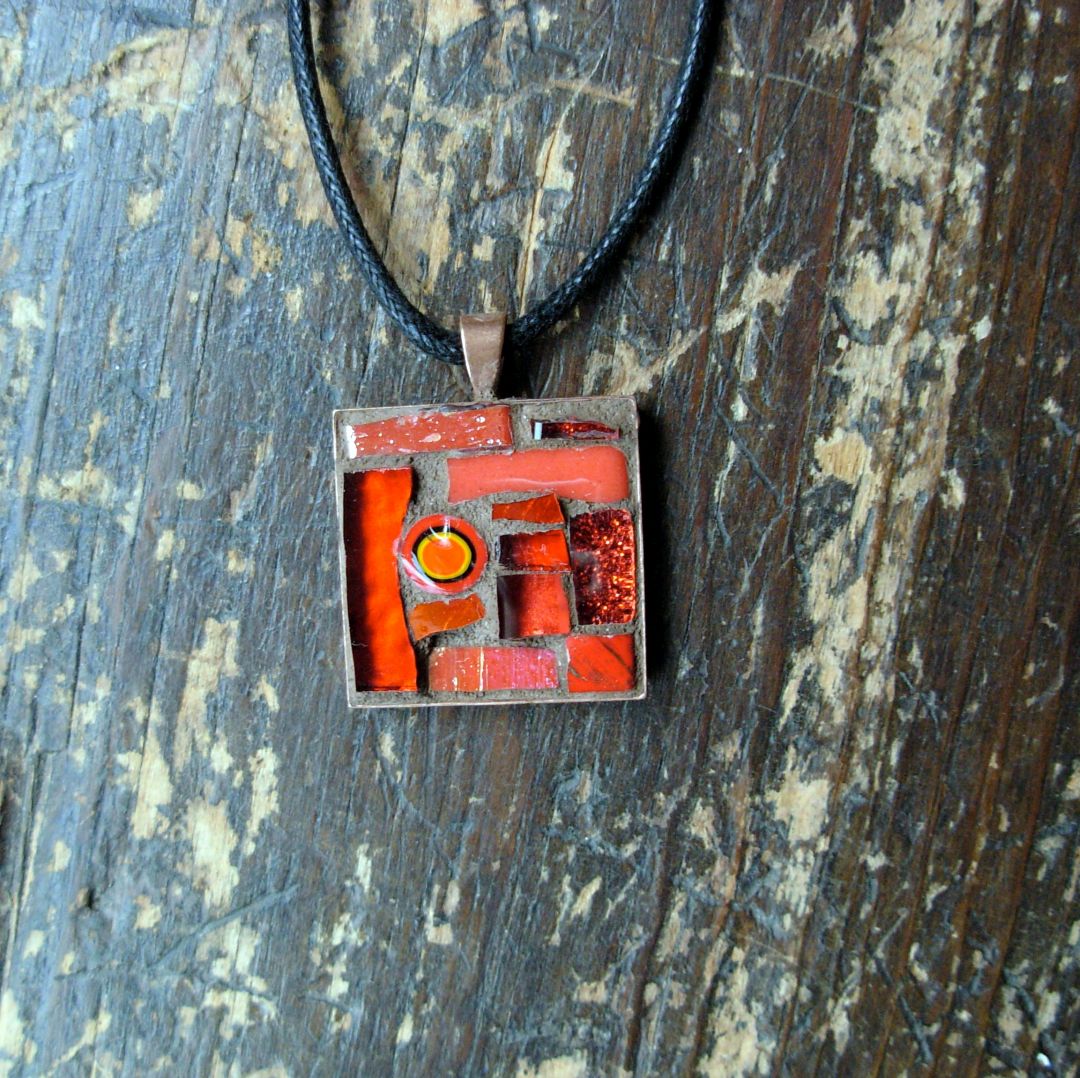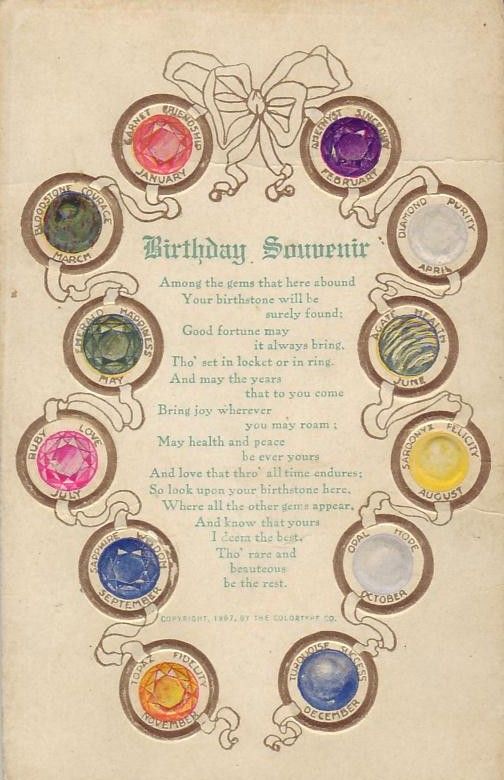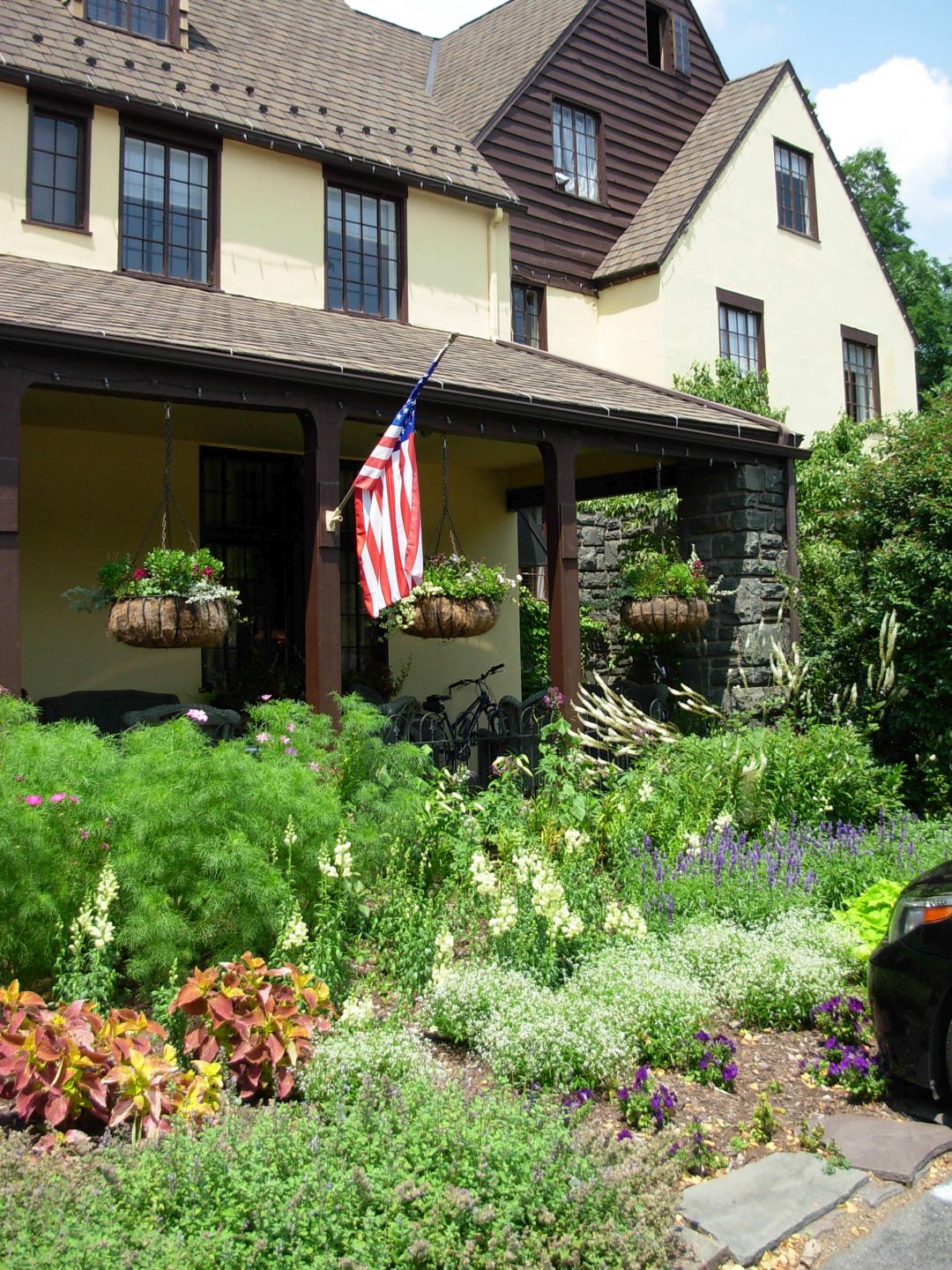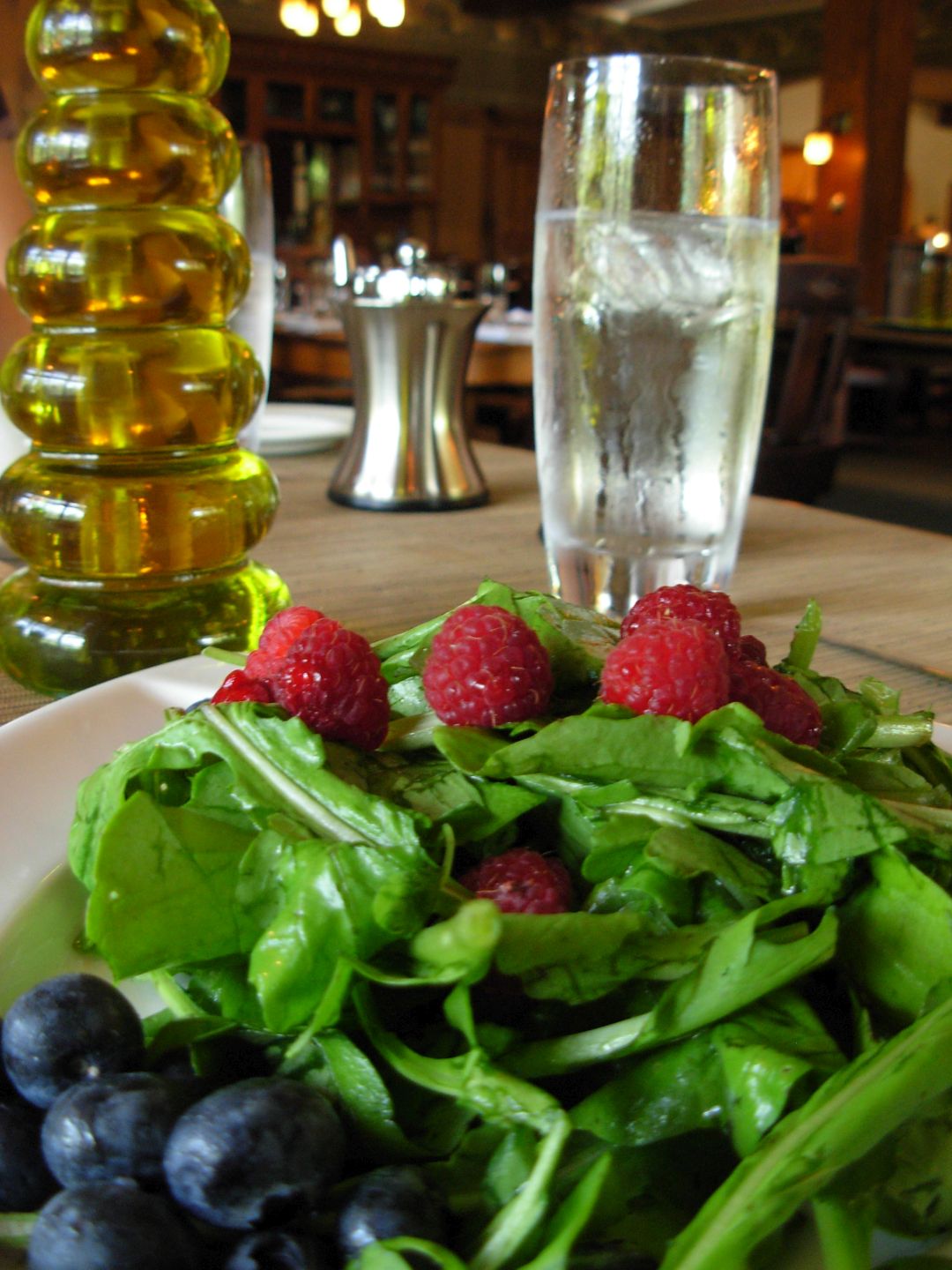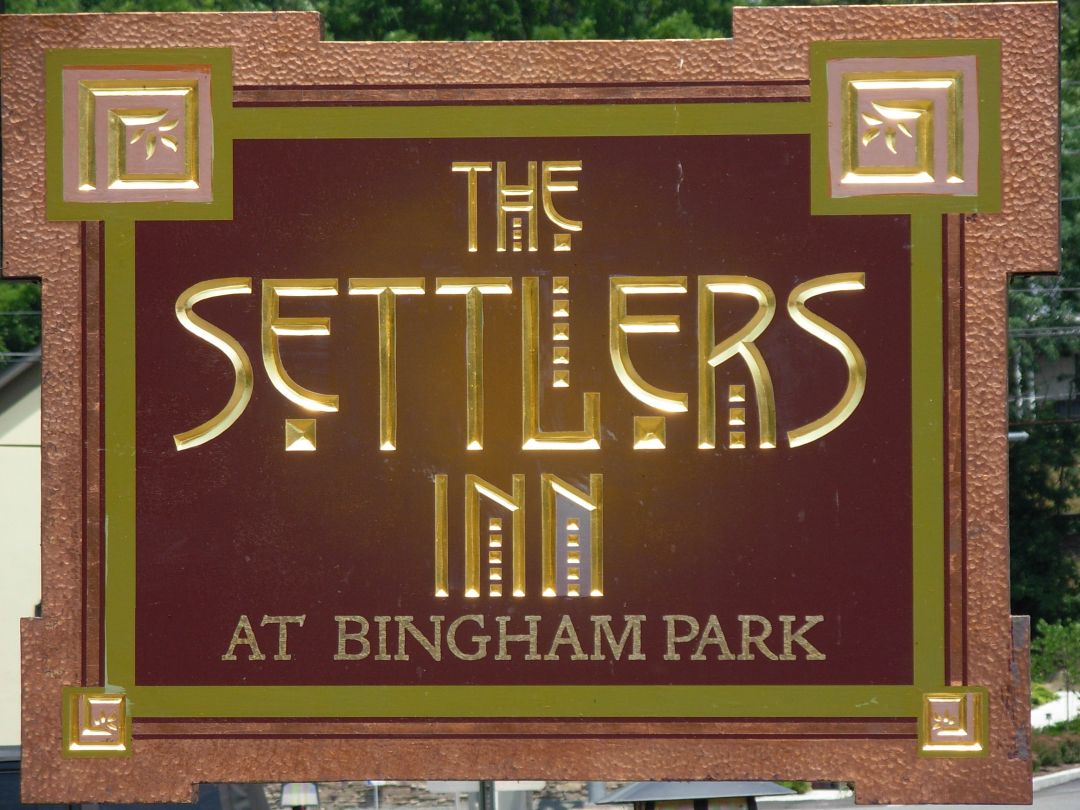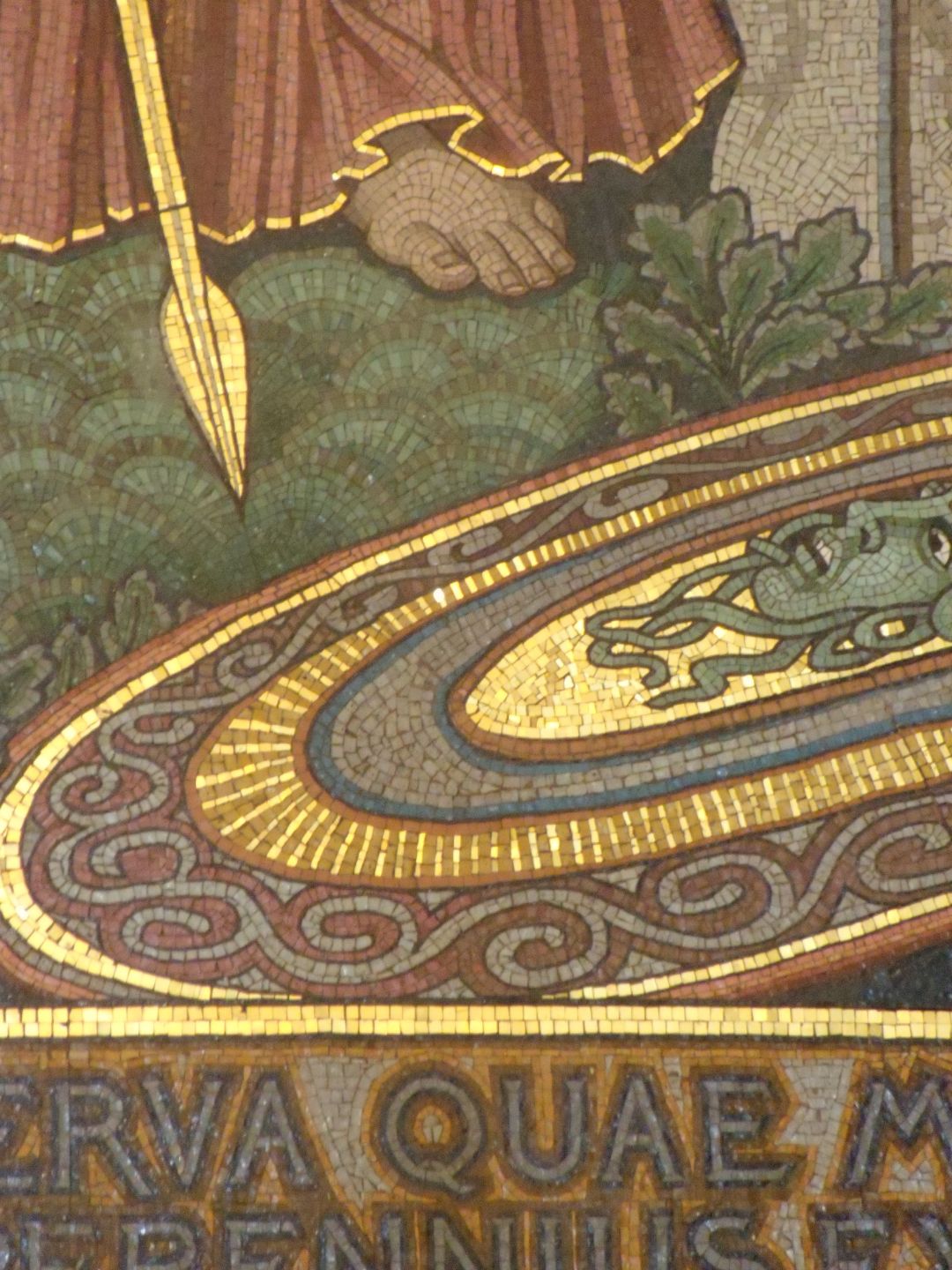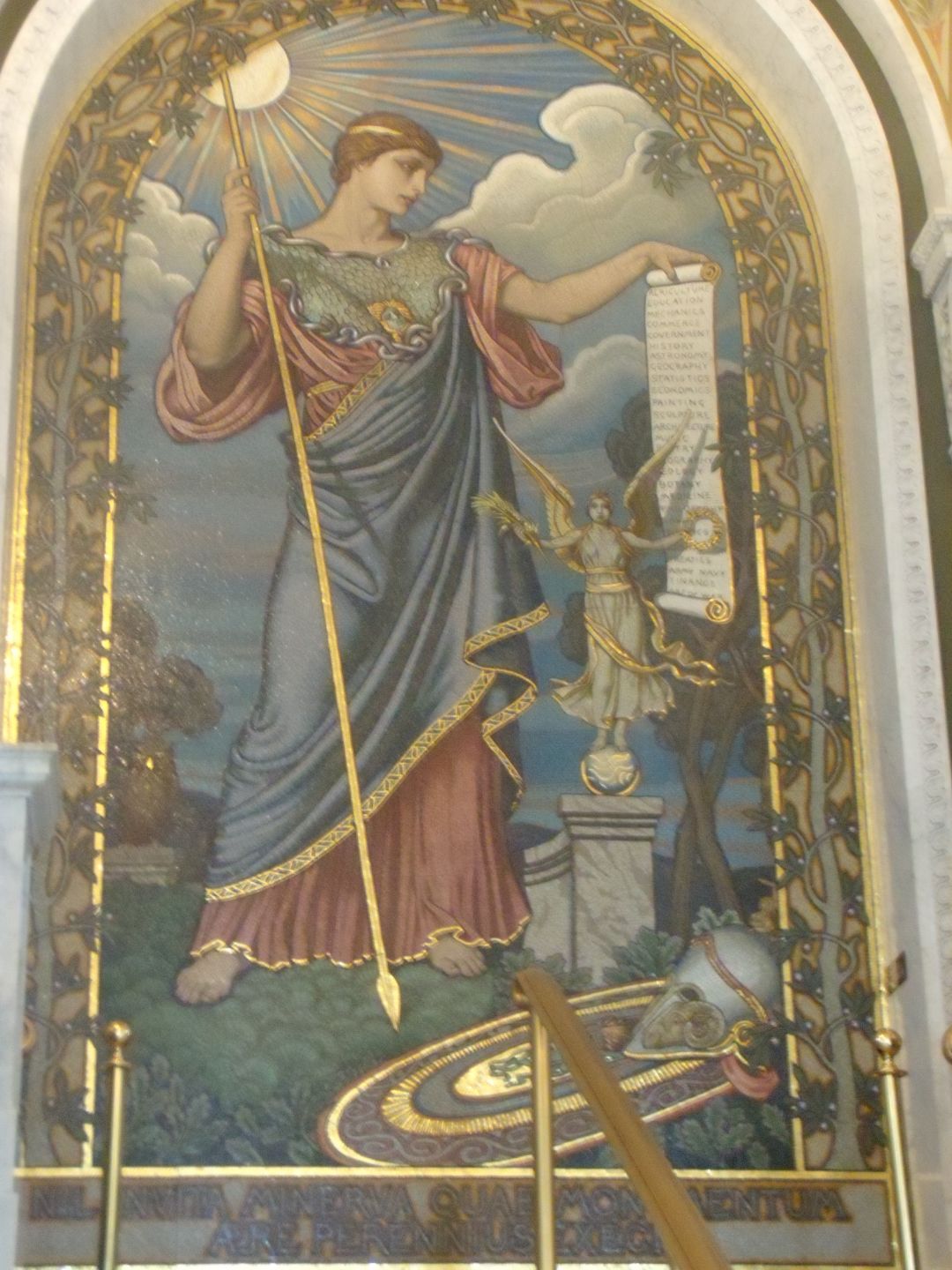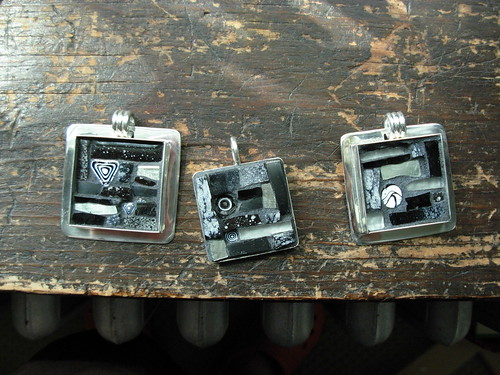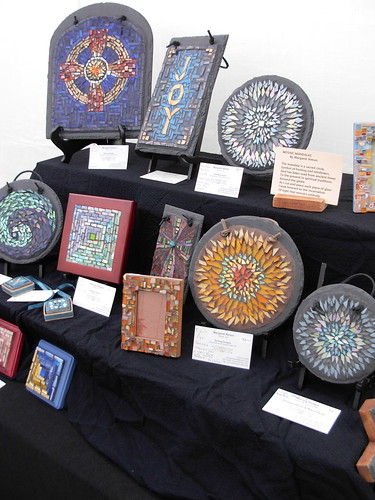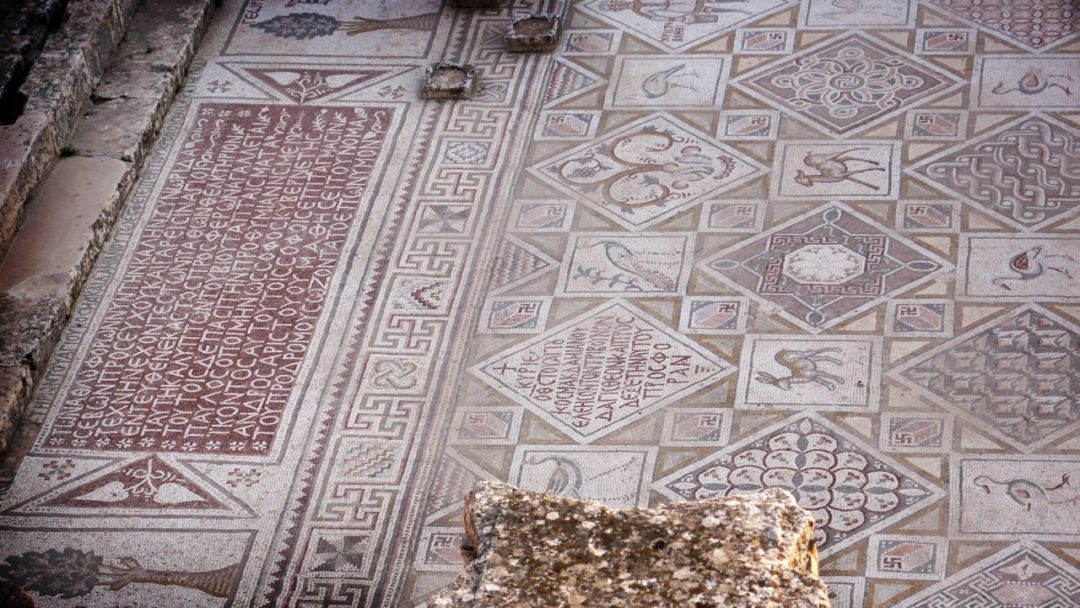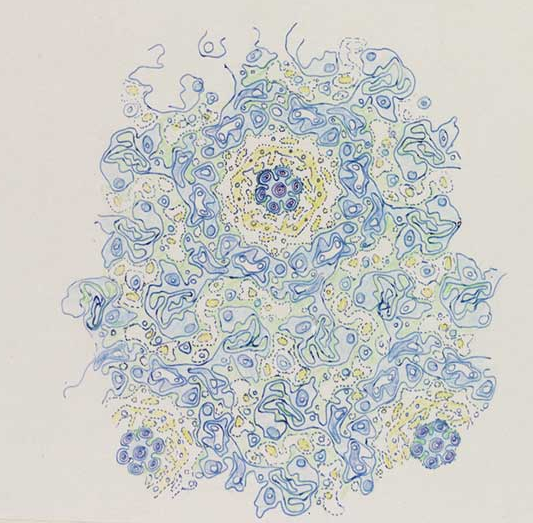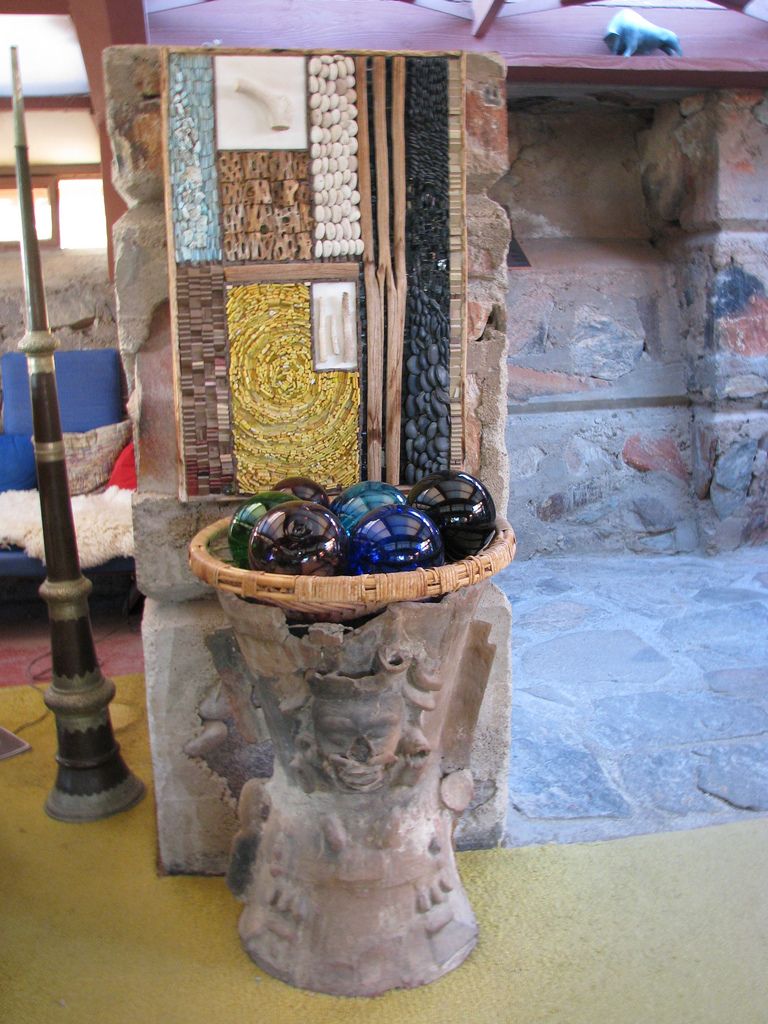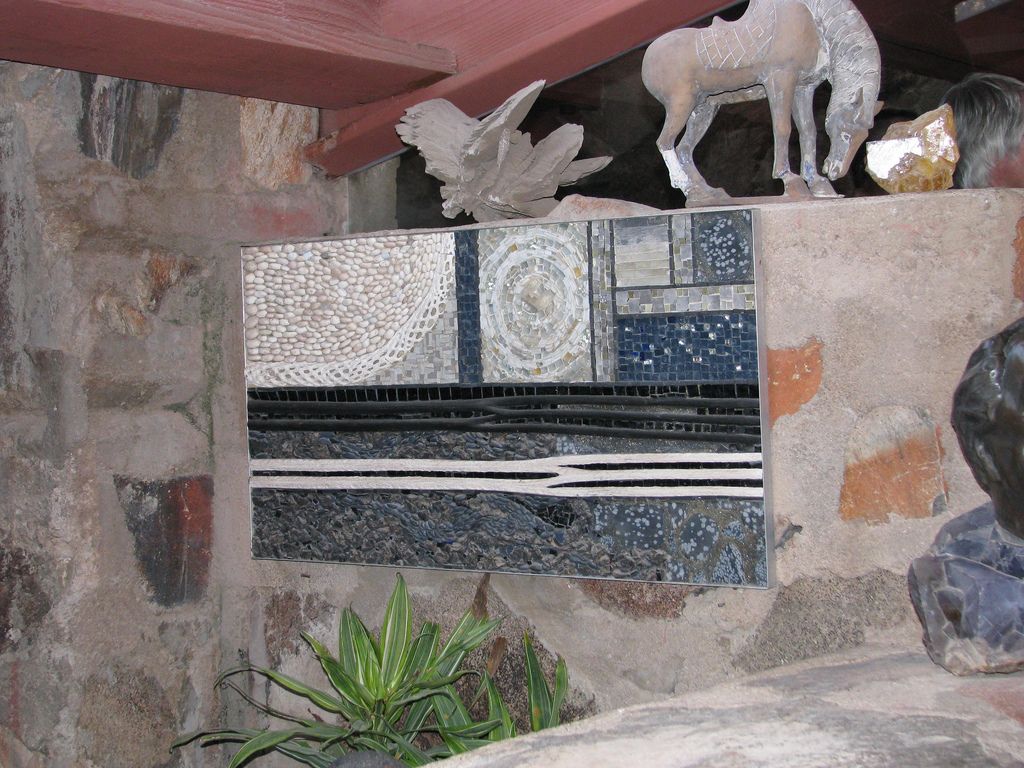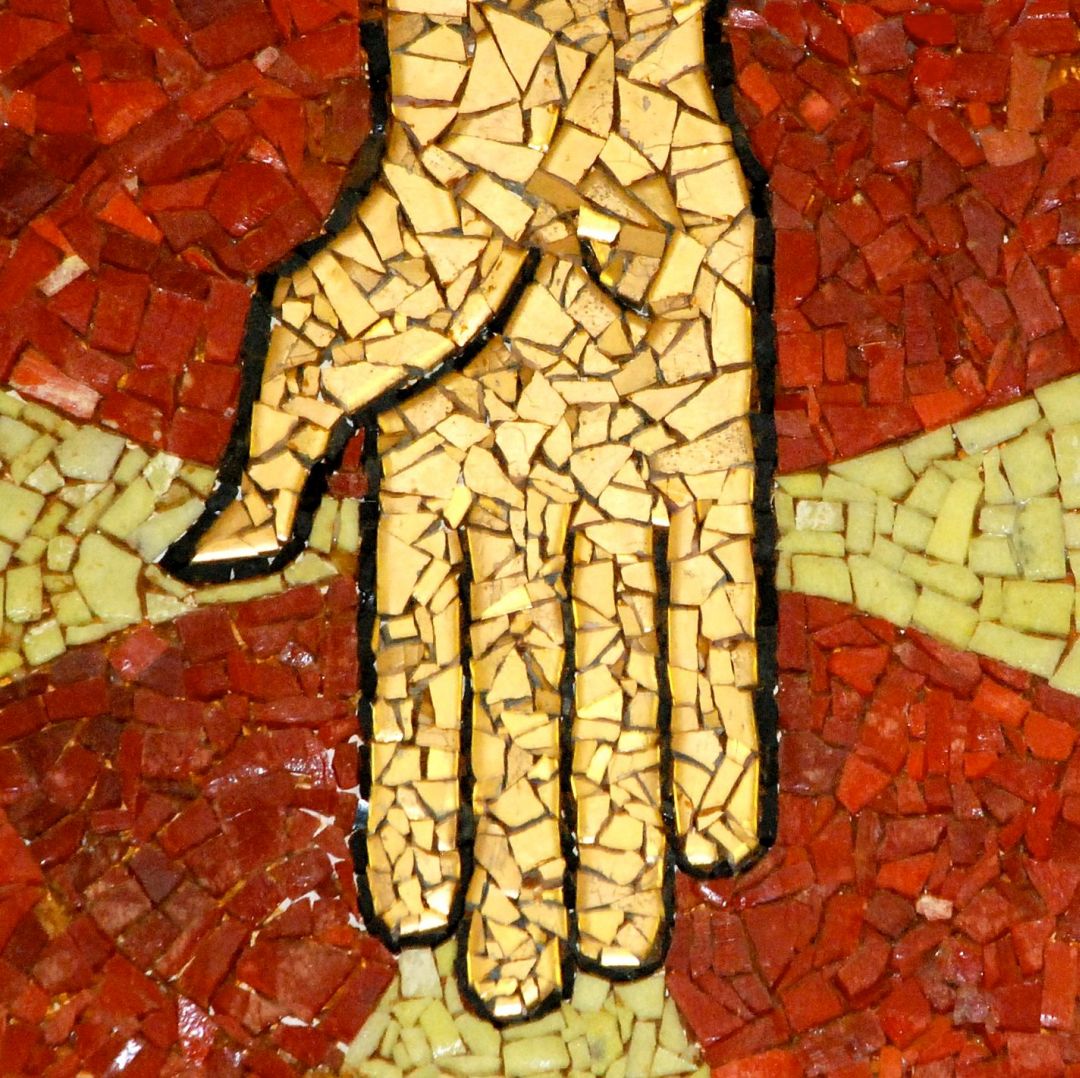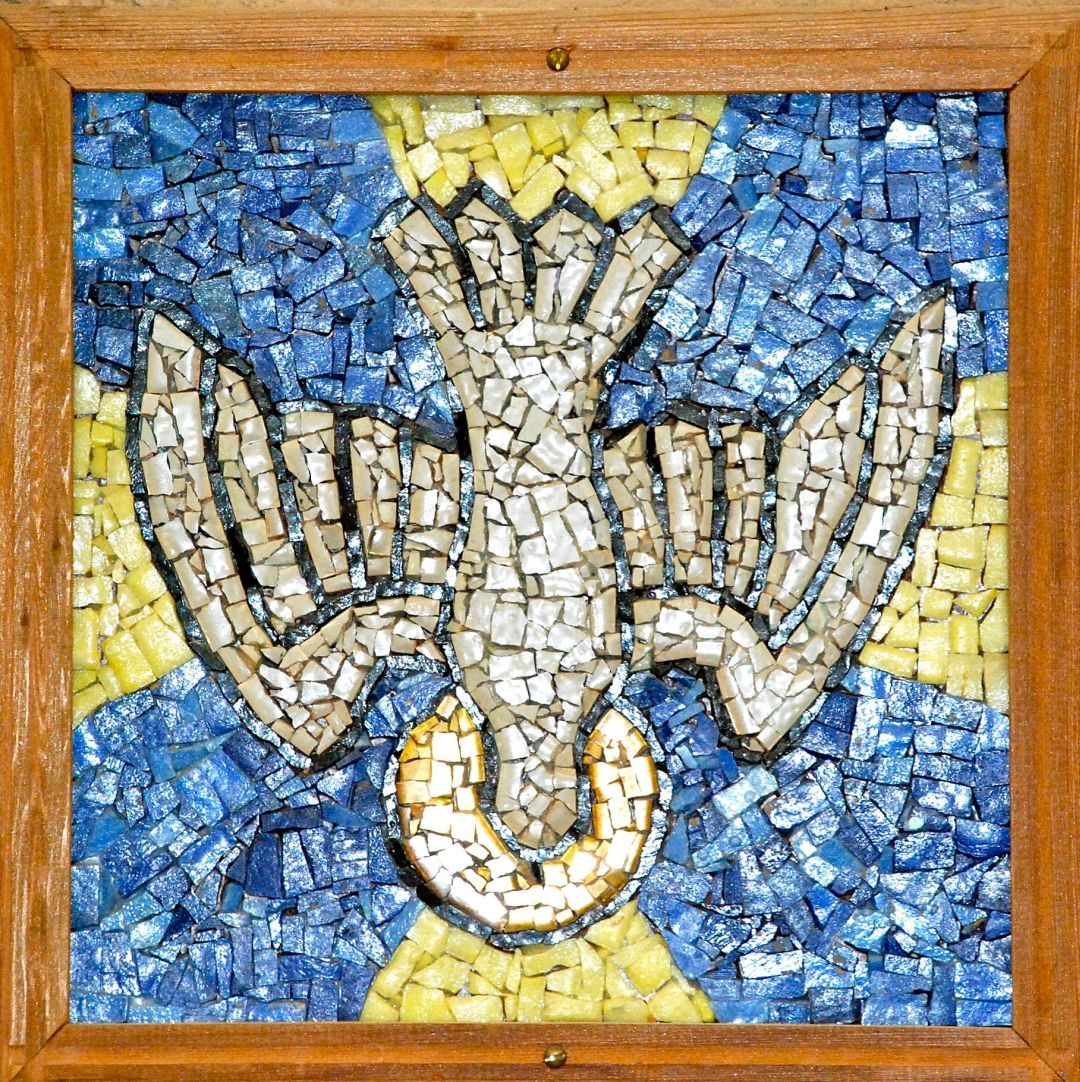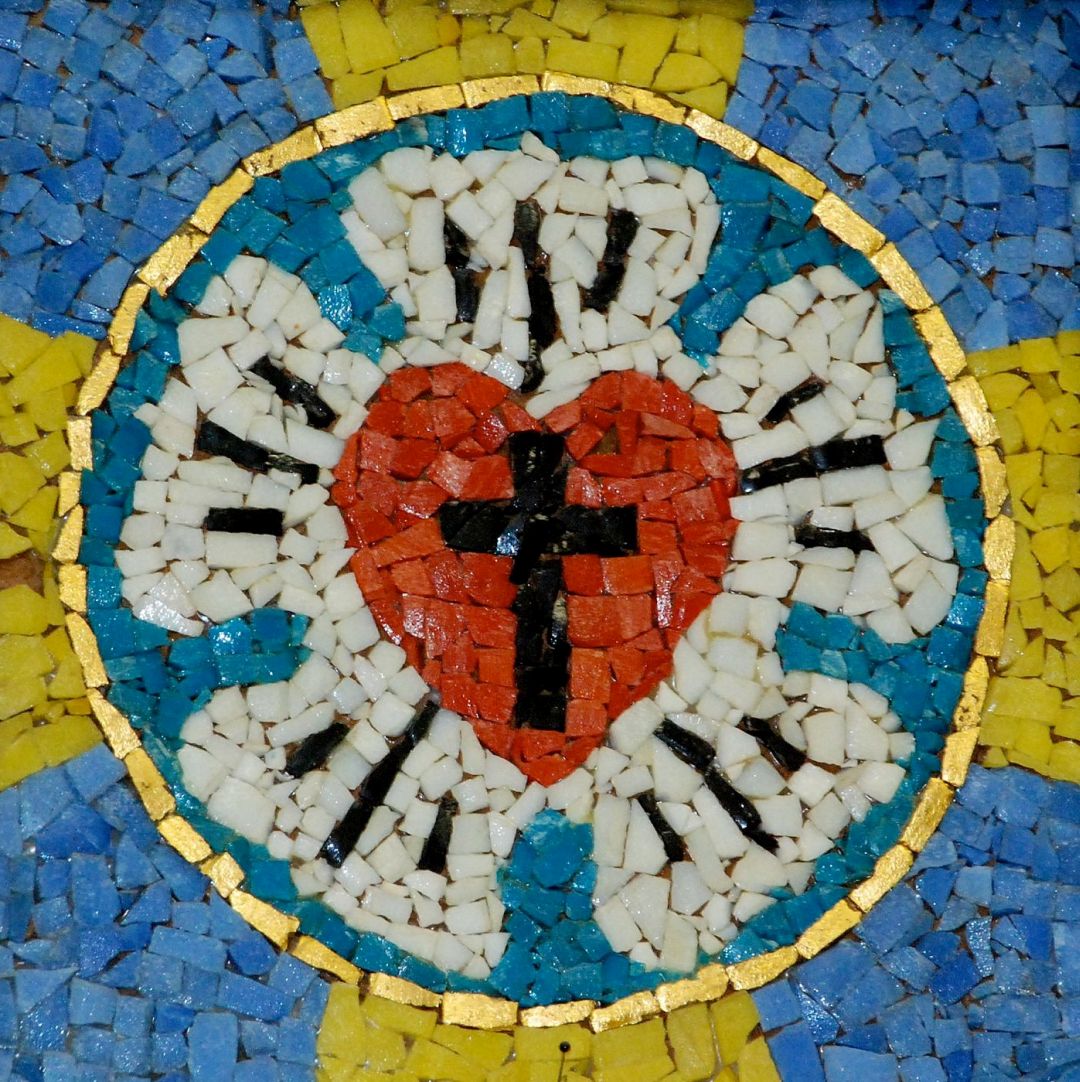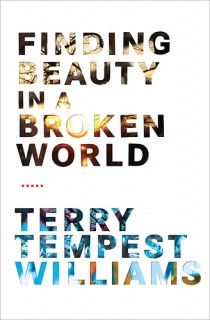 When I found out that Terry Tempest Williams had written a book on mosaic, I anticipated the loveliness of a fluid writer approaching one of my favorite subjects, but I was still awed by how wonderfully she captures mosaic as an art form, and as a way to find beauty in a broken world. She begins with a quote, “The very language of tesserae tells us that this harmony is only achievable through the breaking and then rediscovery of the mosaic fragments” Natascia Festa, Nittola. Then she wrote a kind of poetry:
When I found out that Terry Tempest Williams had written a book on mosaic, I anticipated the loveliness of a fluid writer approaching one of my favorite subjects, but I was still awed by how wonderfully she captures mosaic as an art form, and as a way to find beauty in a broken world. She begins with a quote, “The very language of tesserae tells us that this harmony is only achievable through the breaking and then rediscovery of the mosaic fragments” Natascia Festa, Nittola. Then she wrote a kind of poetry:
A mosaic is a conversation between what is broken.
A mosaic is a conversation that takes place on surfaces.
A mosaic is a conversation with light, with color, with form.
A mosaic is a conversation with time.
Tempest Williams immerses herself in mosaic, using her eyes and hands to fully experience the process, which then she expresses in her insightful words. I wrote poetry for many years, and to hear Williams bridging the distance between my love of words and my love of mosaic, is like a homecoming. She describes a conversation with one of her teachers, Marco De Luca:
De Luca explains the method. Our eyes are convex, not flat, so curved surfaces like the niche in a church provide a “place to rest our eyes.” He pauses, “I call this an embrace. In mosaics, it is in the curve that light is reflected–for me, this translates into a spiritual space.”
See an object is really about listening. He cradles his hands close to his mouth to explain. Art, by its nature, is expressive and creates this emotional reaction in the public. When my eyes are turned outward and inward at the same time, this is where I find my depth.(emphasis mine)
The public is used to figurative mosaics, representational mosaics, mosaics as paintings. He shakes his head. “I wanted to find the essential features of mosaic. I wanted to express my language of desire, making use of tesserae to express my emotions.”
I am interested in now in what my eyes can see, what my fingers can touch, what my hand can know by moving slowly across flesh, or fur, or feathers, or stone. I trust what I see. The surface of things is what we see. I trust what I touch. The surface of things is what we touch.
After learning about mosaics in Italy with teachers such as Luciana Notturni,Tempest Williams goes on to experience the mosaic transformations of Lily Yeh and the villagers in Rwanda she worked with to build a memorial at a mass grave in 2003.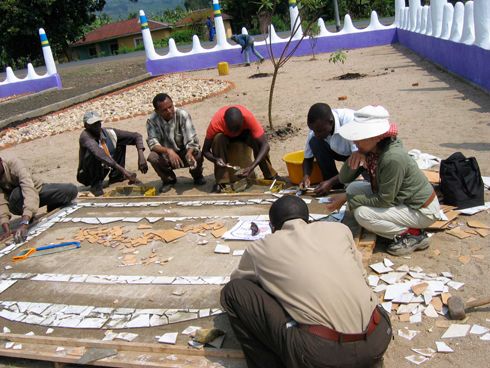 Lily Yeh started to work with the power of public art in 1986 Philadelphia! She brought together residents of neighborhoods in North Philadelphia to transform vacant lots and abandoned buildings with mosaic and painting, often transforming the lives of the residents as well, with the Village of the Arts and Humanities.
Lily Yeh started to work with the power of public art in 1986 Philadelphia! She brought together residents of neighborhoods in North Philadelphia to transform vacant lots and abandoned buildings with mosaic and painting, often transforming the lives of the residents as well, with the Village of the Arts and Humanities.
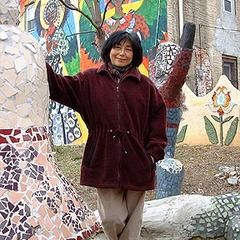
Beauty…comes to us with no work of our own; then leaves us prepared to undergo great labor.
Elaine Scarry, On Beauty and Being Just.
Tempest Williams includes the above quotation from Scarry, and encourages us to take courage in beauty, to turn inward and outward at the same time.

